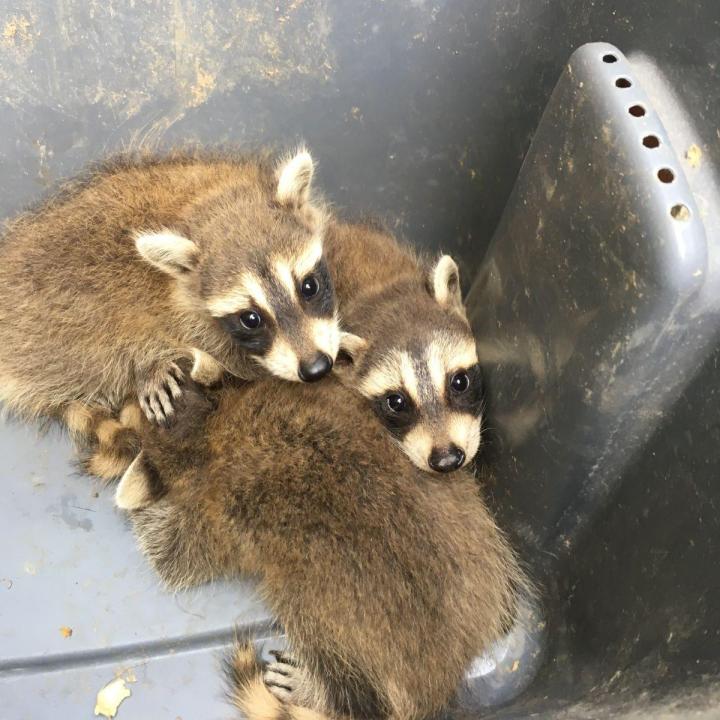What Methods Are Used for Humane Squirrel Removal?

When dealing with squirrel issues, humane methods are essential to ensure both effective removal and the well-being of the animals. Craig Wildlife Control employs various strategies to address squirrel problems compassionately and efficiently.
Humane Trapping Techniques
Craig Wildlife Control prioritizes humane trapping techniques to address squirrel problems effectively. Our approach involves using live traps designed to capture squirrels without causing harm. These traps are strategically placed in areas where squirrels are known to be active, such as near entry points or feeding areas.
Once captured, squirrels are relocated to a suitable environment away from your property, ensuring they are safely removed without unnecessary stress. The traps are checked frequently to minimize the time squirrels spend in captivity. Craig Wildlife Control’s focus on humane trapping ensures that squirrels are treated ethically throughout the removal process, aligning with our commitment to responsible wildlife management.
Preventive Measures and Exclusion
In addition to humane trapping, Craig Wildlife Control implements preventive measures to avoid future squirrel intrusions. After removing the squirrels, we conduct a thorough inspection of your property to identify and seal potential entry points, such as gaps in the roof, vents, or foundation. We also recommend trimming trees and branches that may provide easy access to your home.
By addressing these vulnerabilities, Craig Wildlife Control helps to ensure that squirrels do not return to your property. Our preventive approach not only resolves current issues but also provides long-term protection against future squirrel problems. Implementing these measures in conjunction with humane trapping provides a comprehensive solution to managing squirrel intrusions while maintaining the well-being of the animals.
